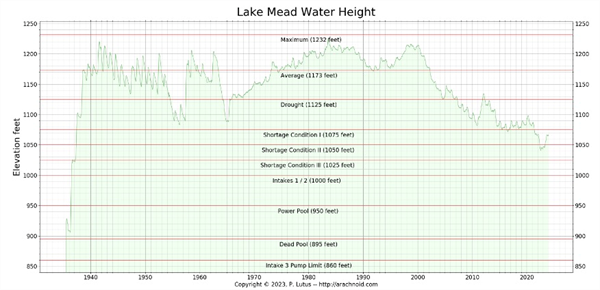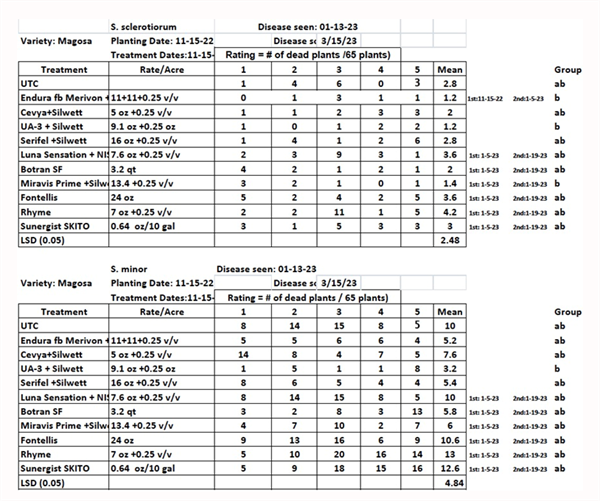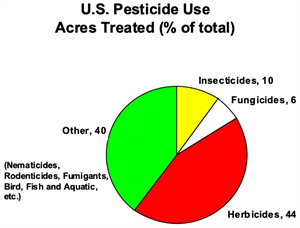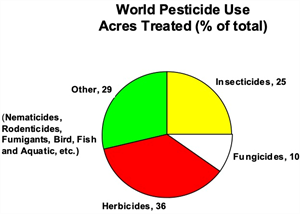Dec 11, 2019
A Review of Pest Pressure on Produce and Melon Crops – Fall 2019
Every season is different, and this fall was quite unusual in terms of insect pressure. A quick look at both recent and historic data on pest abundance recorded from our University of Arizona research plots and areawide and pheromone/sticky traps suggests that insect pressure this fall low for most key pests. For the supporting data see
Pest Abundance on Desert Produce and Melon Cops in Fall 2019.
Whitefly/CYSDV: Areawide, whiteflies in fall melons were relatively light like last season. CYSDV incidence at harvest in cantaloupe fields remains low, but incidence in 2019 was higher than we’ve seen in the past 3 years. The virus incidence at harvest in 25 commercial plantings was very low in most fields (1-5%), with a couple of hot spots observed in Texas Hill and Wellton. For the most part, whitefly adult abundance and immature densities were similarly light in produce crops with an occasional flare-up in some isolated areas. Data from our untreated broccoli/cauliflower plots at the Yuma Ag Center (YAC) showed that colonization by whitefly nymphs was moderate; higher than the previous 2 seasons, but lower than what we normally expect.
Beet armyworm, cabbage looper, and corn earworm: For the second year in a row, we had a very light worm year in Yuma. Population abundance on untreated lettuce at YAC this fall was similar to last season, and one of the lightest falls we’ve seen since 1996. Similarly, numerous reports from PCAs suggest that fewer sprays were applied this fall, and some field broccoli fields reportedly received only a single spray. Not sure why we had light activity, but cooler nighttime temps in Oct, coupled with the storms we had in late September appeared to slow down activity dramatically in most areas. Trap catches for both BAW and CL were some of the lowest we’ve seen in the past 7 years.
Diamondback moth (DBM): DBM was not a problem again for local desert growers in 2019; about what we normally expect for the fall. We received no calls from PCAs reporting difficulty in controlling populations. Areawide pheromone trapping showed that DBM moth activity began later this fall but trended very similarly to 2017 and 2018. At YAC, the larval populations were the lightest we’ve seen since 2001, and lab bioassays of DBM collected from cabbage plots at YAC showed that this population was very susceptible to Coragen. Caution: DBM can increase quickly in the spring in the desert, so keep your eyes open for larvae and damage on those Feb-Apr cole crops and late seed crops.
Thrips: Similarly, the western flower thrips pressure was light this fall; lighter than the previous three falls. These lower population levels were likely a result heavy rainfall associated storms in September and November. Bean thrips abundance was also lighter in 2019 relative to the previous three seasons. Scarring damage was negligible in untreated lettuce plots at YAC.
Bagrada bug: In contrast, bagrada bugs made a comeback in 2019. Adult populations at YAC were the highest we’ve seen in the past 5 years, but well below the outbreak numbers we saw from 2010-2013. Populations picked up in mid-September and then began to increase rapidly with warm October weather. There were numerous reports of bagrada throughout the desert southwest, with minor damage showing up in late November. Likely the wet spring contributed to enhanced numbers in the spring and survival during the summer. Much like Lygus. Have a Merry Christmas, and we’ll visit again next year!
Name that Pest
To contact John Palumbo go to:
jpalumbo@ag.Arizona.edu
 To contact John Palumbo go to: jpalumbo@ag.Arizona.edu
To contact John Palumbo go to: jpalumbo@ag.Arizona.edu













